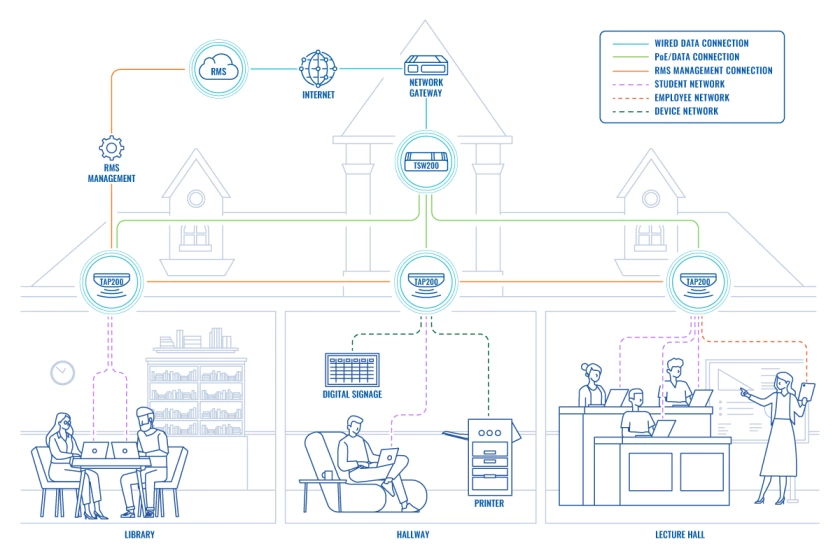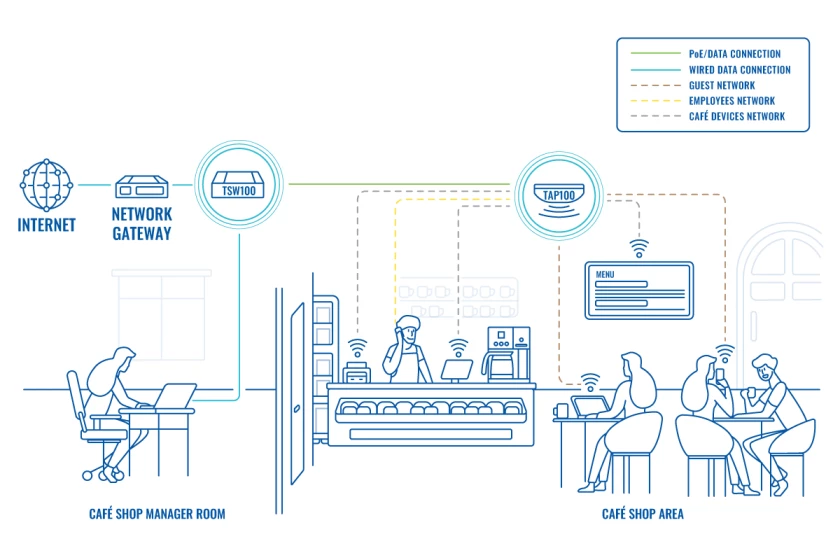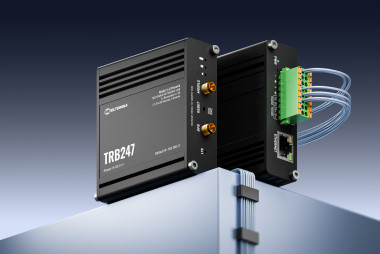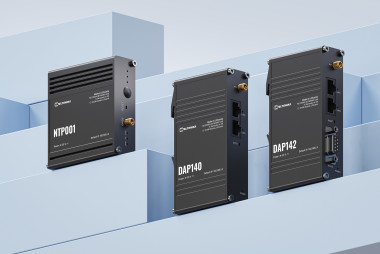Teltonika Access Points are Now FCC-Certified
#2024, #northamerica, #tap, #accesspoints
The TAP100 and TAP200, Teltonika’s PoE wireless access points, have recently been certified by the FCC. This article provides an overview of these two devices, including their specifications, capabilities, and the value they can bring to your wireless networking solutions.
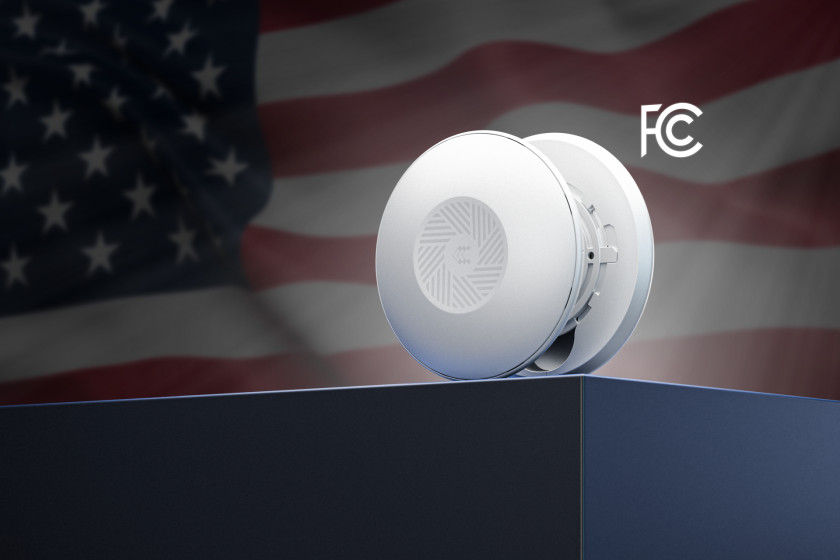
Good news, everyone!
The Teltonika PoE access points, the TAP100 and TAP200, have been certified by the U.S. Federal Communications Commission (the FCC). This makes them available to the North American IoT market and its engineers. In other words – YOU.
What am I TAPping into?
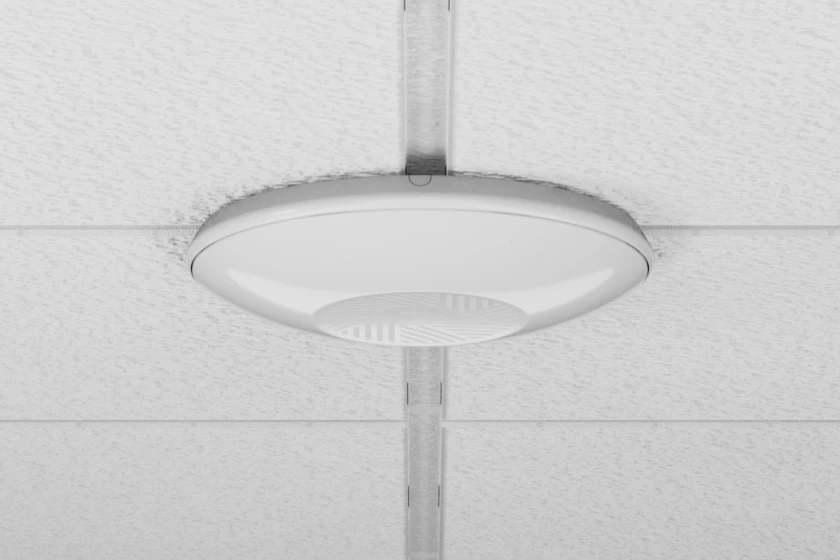
The mission statement of any Wi-Fi access point is extending and enhancing the wireless signal of a wireless network, broadcast via another network device, such as a router. This means that access points have different boxes to check in terms of how they are designed.
For example, while a router or Ethernet switch may be designed to be installed in a tight cabinet, a wireless access point is instead designed to be installed on a wall or ceiling, often in a public space, and blend in with its environment.
As such, both the TAP100 and TAP200 outdoor access points have an integrated ceiling mounting bracket and are encased in white, UV-stabilized plastic housing measuring Ø 158 mm x 30 mm. They are resistant to long-term degradation from UV light and temperatures ranging from -40 °C to 75 °C.
These form factors make our PoE Wi-Fi access points a great fit for enterprise, retail, and other public spaces, including airports, restaurants, event venues, governmental institutions, etc.
Under the hood

The main difference between these two PoE wireless access points is the Wi-Fi technology they support. The TAP100 supports Wi-Fi 4 (802.11n) while the TAP200 supports Wi-Fi 5 (802.11ac). This also means that while both devices have a single RJ45 port, the TAP200 has a Gigabit RJ45 port and comes with additional 5 GHz antennas, on top of 2.4 GHz ones.
Apart from that, the two devices have a number of smaller differences of note. In terms of RAM, the TAP100 features 64 MB while the TAP200 features 256 MBThe TAP100 also consumes up to a maximum of 2 W, while the TAP200 consumes up to 4 W when idle and a maximum of up to 5.5 W. Both devices support the same range of supply voltage: 44 V to 57 V.
Importantly, both PoE Wi-Fi access points feature PoE-in capabilities, enabling them to be powered by a PoE-supported device or via a PoE injector. They also both run RutOS and are supported by the Teltonika Remote Management System (RMS). Not only that, but every purchased TAP device gets 24 months of free RMS Management services!
Out in deployment
Let’s talk about the value these PoE access points bring – in practice – using two example use cases.
The first example deploys a fleet of TAP200 access points in a university faculty. In this environment, the wireless network must have separate SSIDs for students, staff, visitors, and equipment, and cover the entire faculty to ensure every nook and cranny has coverage.
The second example deploys a TAP100 access point to enhance the Wi-Fi offered to clients in a café. This necessitates simple traffic rules configuration and multi-SSIDs, as well as for the device to blend in and not disrupt the interior design of the café, as that makes part of the client experience.
Click on the topologies below to learn more about these use cases.
TAPping out
Can’t wait to get your hands on these PoE access points? Got any questions not answered in this article? Feel free to reach out to us by clicking the button below, and let’s talk access points.
